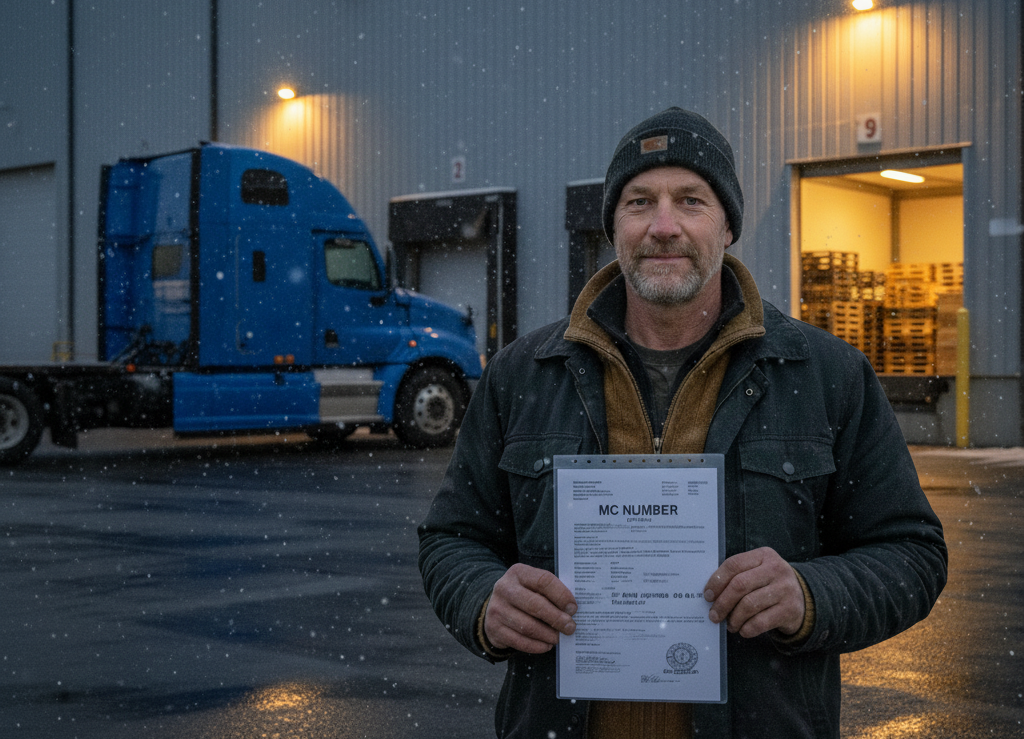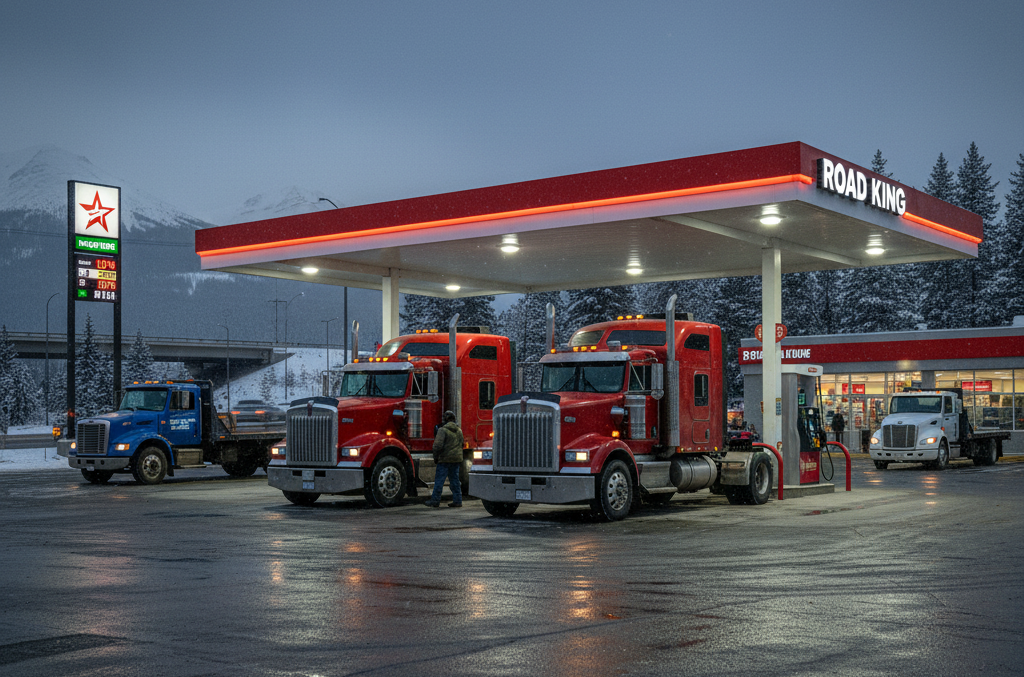How Long Does It Take to Get a CDL?
The time required to obtain a Commercial Driver’s License (CDL) usually takes 3 to 5 weeks. This includes training and passing the exams. However, it can vary depending on the type of license you apply for, and the chosen training program can shorten or prolong this timeframe.
The CDL training process usually involves three key stages:
- Classroom instructions. This phase covers theoretical learning of driving a commercial vehicle. This includes traffic laws, vehicle maintenance, and safety regulations. During this, you can also learn about additional endorsements you may need. In particular, it can include permits for shipping passengers or hazardous materials.
- Practice. The next stage is hands-on training. You learn how to operate a truck under the guidance of an instructor. This phase includes maneuvering the vehicle, backing up, coupling and uncoupling, and other necessary skills.
- Road training. The final stage of obtaining CDL is on-the-road training. You can gain practical experience of driving a commercial vehicle on public roads. This step is crucial for ensuring that you are prepared for the test and driving.
Once you’ve completed these phases, you can take the exams. The CDL usually foresees written and road tests, assessing your knowledge of traffic laws, safety regulations, and driving skills.
How Long Does it Take to Get a CDL Permit?
One of the steps required to obtain a full CDL is to obtain a Commercial Learner’s Permit (CLP) or a CDL permit. It allows you to practice driving a commercial vehicle under the supervision of a CDL holder.
This step provides you with the opportunity to gain practical experience before the final tests.
The time required to get a CDL permit is relatively shorter than obtaining the full CDL. The test covers the material you learned during your classroom instruction. After the test, you’ll obtain your CDL permit. It’s usually issued within a few days, while the precise time depends on your state’s regulations.
Then, you can start practicing driving commercial vehicles. This practice is essential for gaining the necessary experience on the road helping you pass the CDL practical exam.
The CDL permit is valid for 6-12 months, depending on the state laws. If you don’t pass the practical exam for the CDL within this time, you may need to renew your CDL permit or retake the knowledge test.
Factors That Affect How Long It Takes to Get a CDL
Several factors can influence your time to obtain a Commercial Driver’s License. Knowing these aspects can help you plan your training and test preparation.
- Type of CDL. CDL is divided into three classes (A, B, C). The needed type affects the training length. In particular, Class A CDL, which allows driving larger vehicles, requires more extensive training than others. Thus, the more complex the vehicle you plan to drive, the more training you must complete.
- Training program. Some driving schools offer full-time accelerated programs that require a significant time commitment. They can be completed in 3 weeks. At the same time, some schools offer part-time training with evening or weekend classes. Still, it can extend the training period to several months.
- State requirements. The US states have differences in rules and regulations for obtaining a CDL. For example, some jurisdictions may require additional tests that extend the timeline. The additional tests may include skills such as air brakes or shipping hazardous materials.
- Retakes. If you don’t pass the theoretical or practical tests on the first attempt, you will need to retake or apply for additional training. This can extend the time for a CDL to get.
- Endorsements. Additional endorsements for a CDL require additional training and, therefore, time.
How Long Does a CDL Last?
Usually, the CDL lasts for five to eight years, depending on the state. However, it requires to stay up-to-date with medical certifications or other requirements to maintain your license.
It’s important to track these dates to avoid lapses, which could disrupt your operations.
The CDL renewal involves a vision test, passing, updating medical certification, and paying a renewal fee. Some jurisdictions may also require retaking of certain topics of the written or road tests, especially if you have additional endorsements.
Being a truck driver also requires being aware of any changes to state regulations, as they can affect your operations or CDL renewal process. For example, there can be new requirements for background checks or training programs.
CDL renewal also requires accurate medical certification. Most states require drivers to pass medical tests every two years to ensure they can operate a commercial vehicle.
Your CDL may be downgraded or suspended if you have an expired medical certificate.
Conclusion
Getting a CDL is a pivotal milestone for a driving career in the trucking industry. During this process, you can gain the necessary skills and knowledge to operate large vehicles safely and efficiently and be prepared for road challenges.
Each phase, from theoretical instructions to hands-on practice, ensures you’re prepared for the road challenges.
Understanding the various factors that affect obtaining time can help you plan your training more effectively. Whether you apply for an accelerated program or a part-time course, knowing the distinctions and peculiarities of CDL types and the importance of endorsements can help you make informed decisions that suit your career goals.




